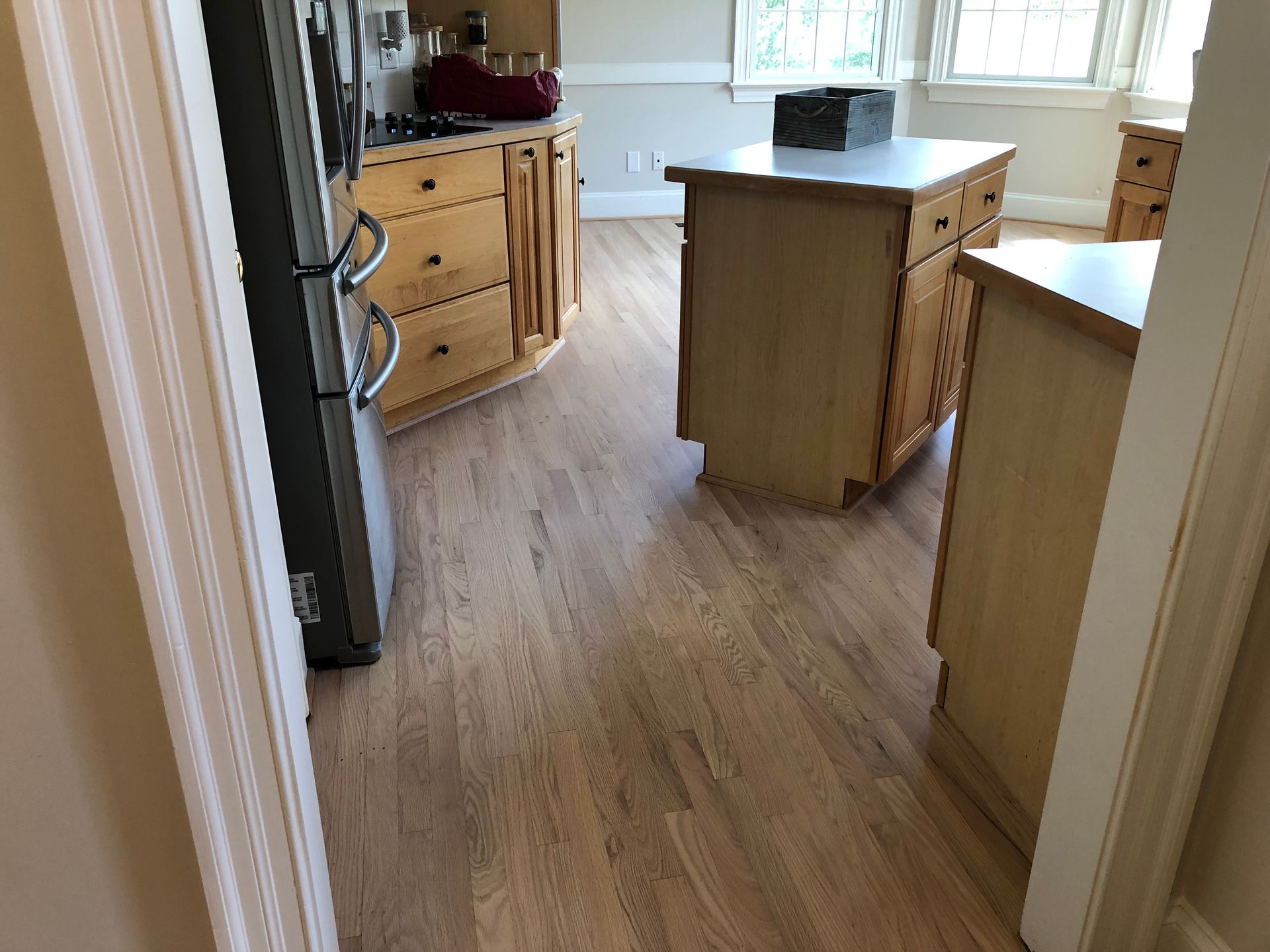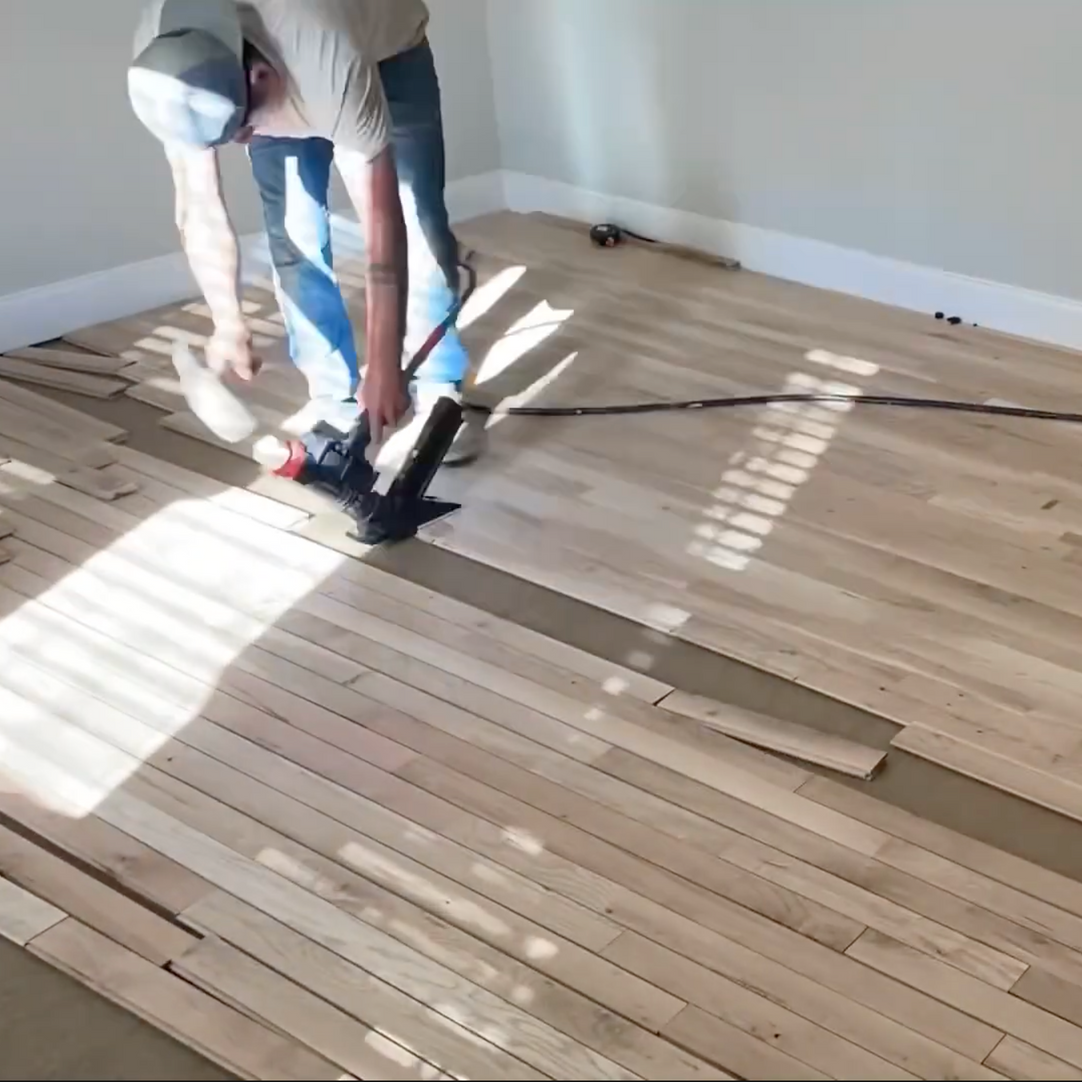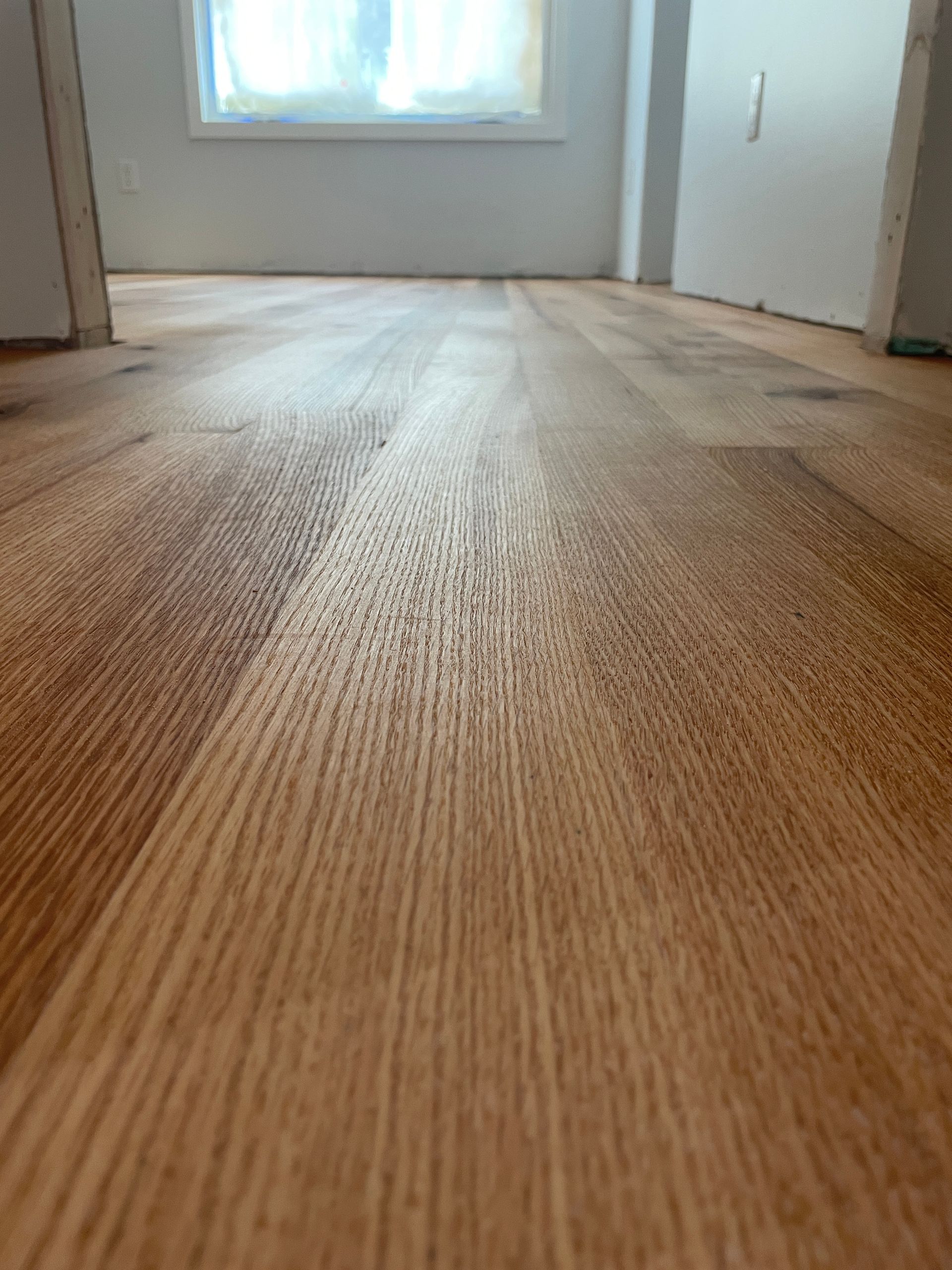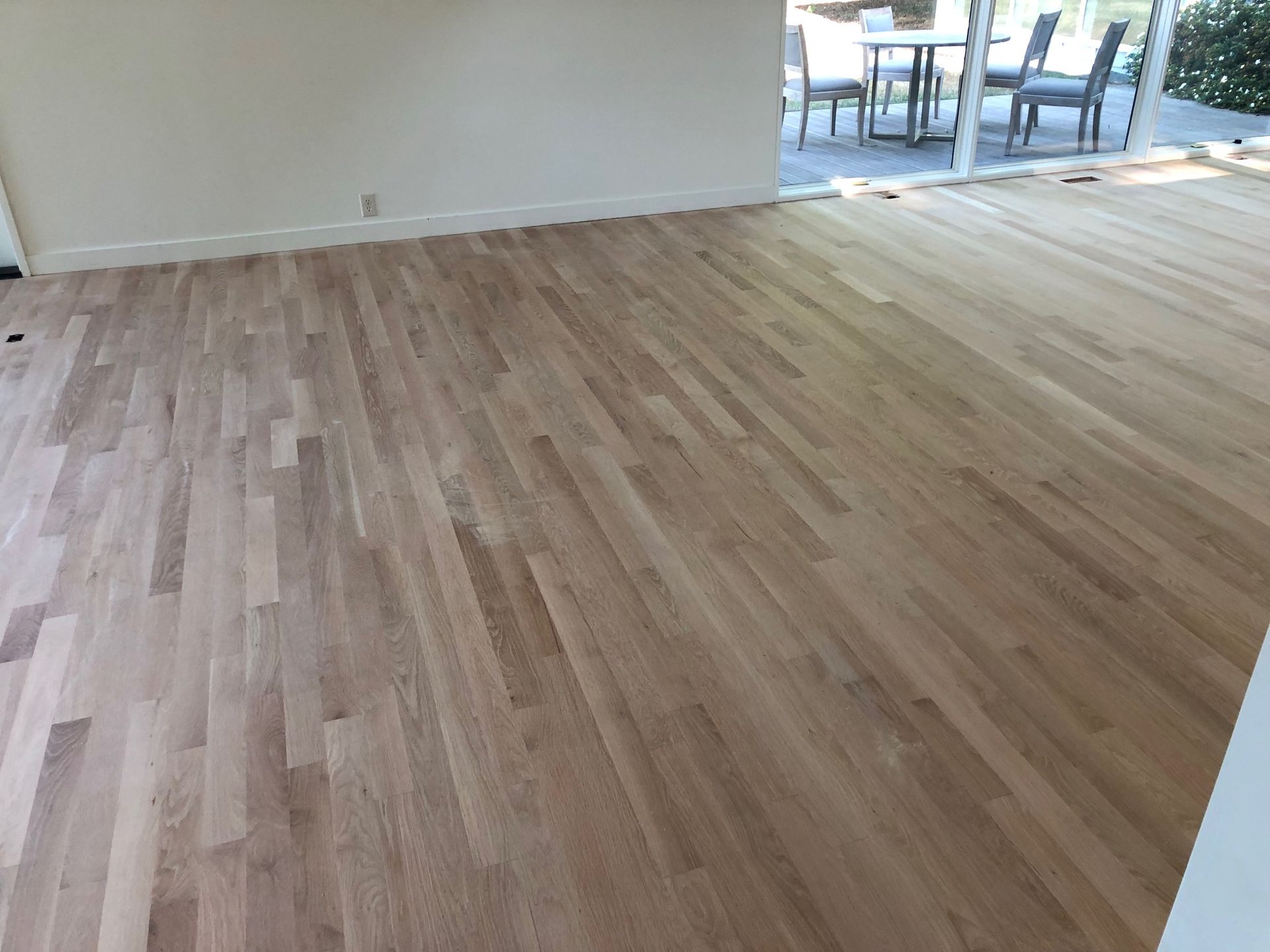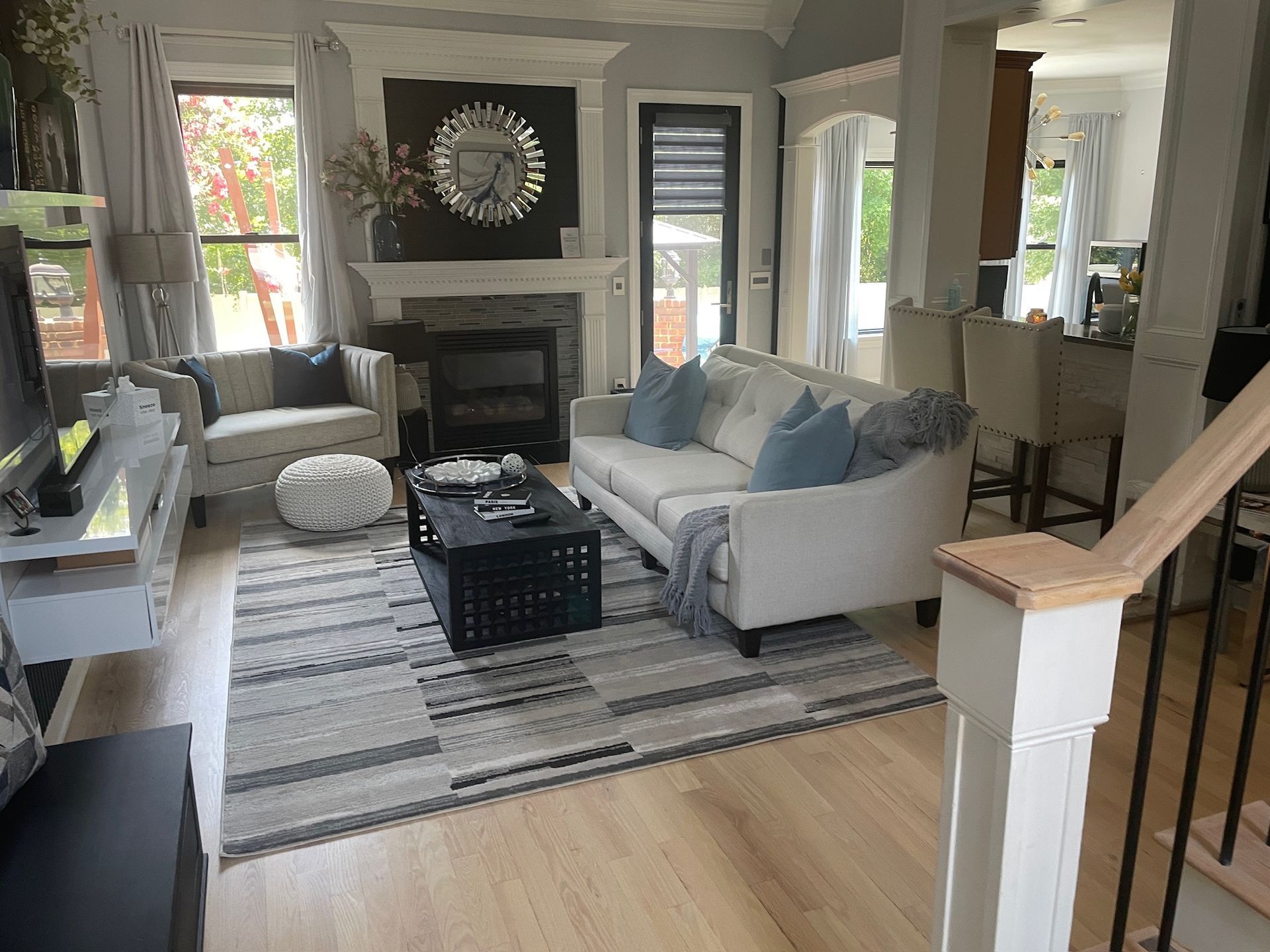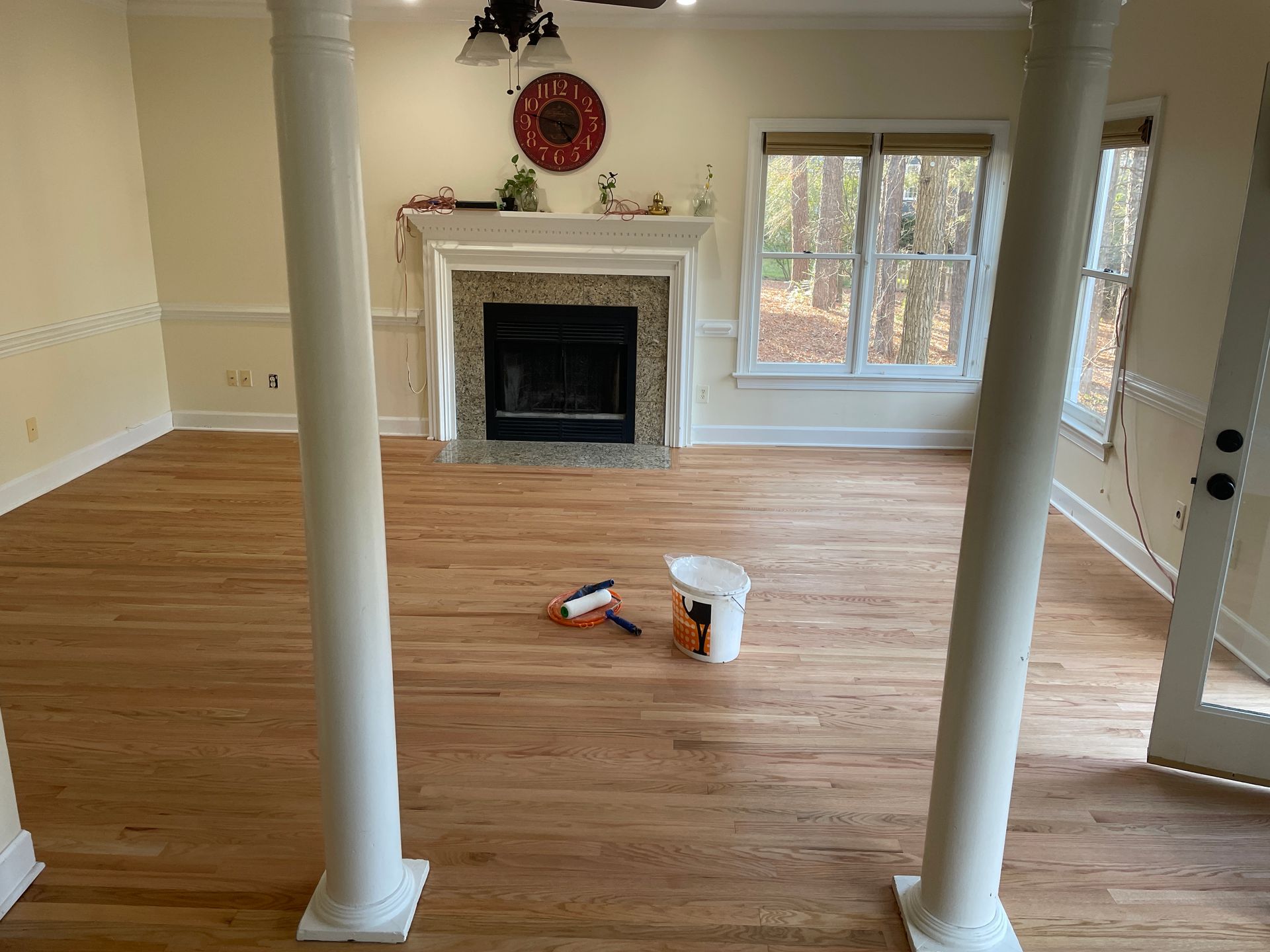How We Match Natural Oil Finishes to Your Design Vision
At Grades Hardwoods, we’ve built our reputation on helping clients in North Raleigh, Chapel Hill, Cary, Apex, Holly Springs, and Fuquay-Varina choose and apply the right natural oil finish
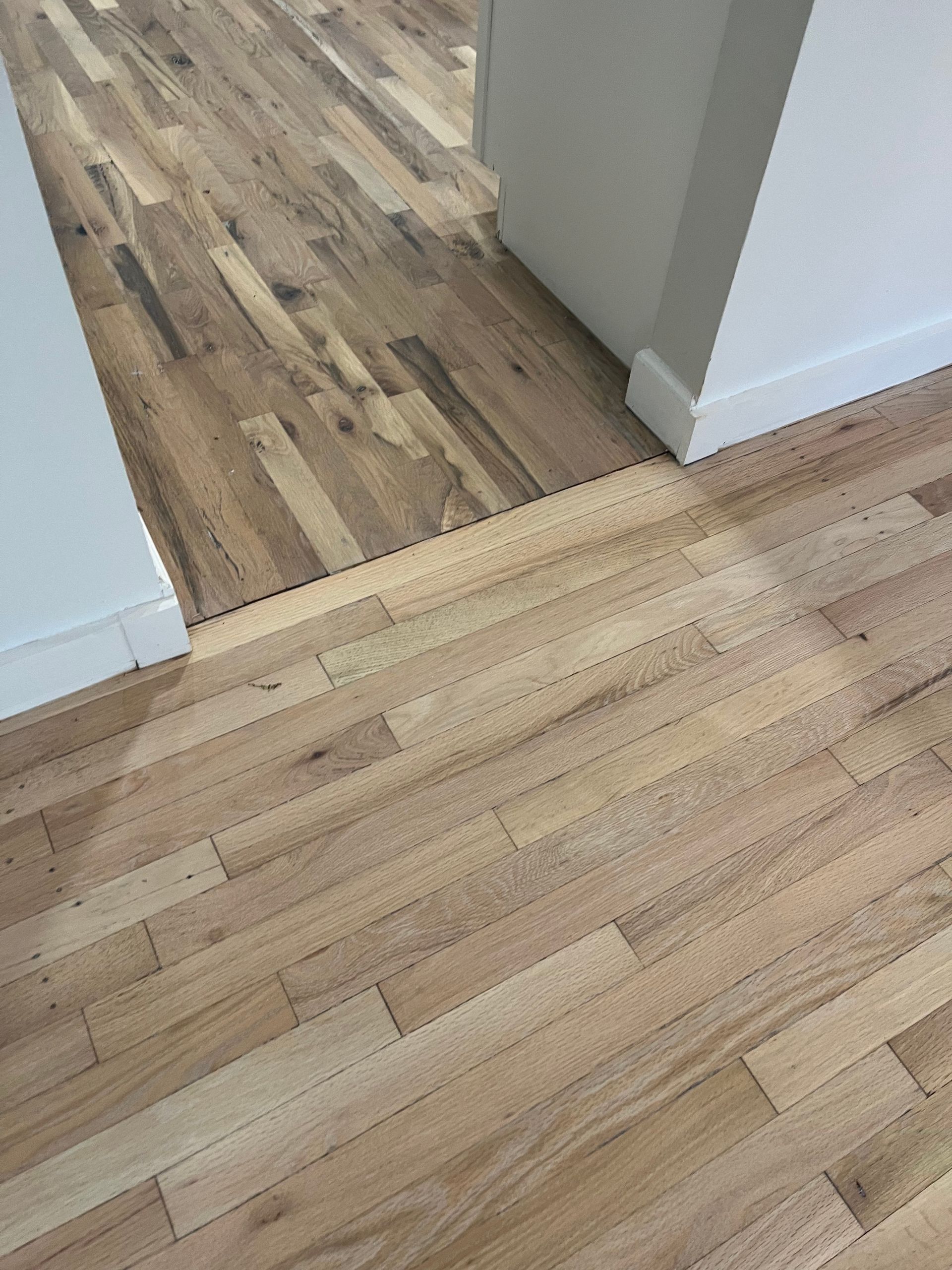
Natural oil finishes have become the choice for homeowners who want floors that feel warm, look sophisticated, and age gracefully. At Grades Hardwoods, we’ve built our reputation on helping clients in North Raleigh, Chapel Hill, Cary, Apex, Holly Springs, and Fuquay-Varina choose and apply the right natural oil finish—so the floor matches the mood of the room and the way you actually live. This guide pulls back the curtain on our process: how we translate your design vision into a finish system, what influences color and sheen, and how we make sure your floors stay gorgeous for years to come.
Ready to see samples in your home? Schedule a free consultation today.
Why natural oil finishes?
Before we get into color stories and style cues, it helps to understand why natural oil finishes are different. Unlike film-forming polyurethane that sits on top of the wood, natural oils penetrate into the fibers. You feel the wood, not a plastic layer. That creates a matte-to-satin glow, exceptional clarity, and a surface that’s easier to touch up in place.
For families, pet owners, and anyone renovating a busy kitchen or open-plan living space, that combination—soft luster, tactile warmth, spot-repairability—is a strong fit. And when applied and maintained correctly, natural oil finishes develop a rich patina that gets better with time.
Our design-match process: from vision to finish
You don’t need to arrive with a perfect plan. You just need a sense of the spaces you love. We’ll do the rest. Here’s how we dial in a natural oil finish that truly fits.
1) We start with your style and lighting
We look at the whole environment: wall color, trim and cabinetry, countertop material, metal finishes, and the natural and artificial light in each room. North-facing rooms in Chapel Hill skew cooler; south-facing great rooms in Apex can push warm undertones. We factor this in so your floor never reads too yellow, too gray, or too flat.
Design translation examples:
- Scandinavian calm: soft whites, natural woods, and linen textures pair with light, desaturated natural oil tones that reduce red and yellow undertones in oak.
- Transitional chic: balanced contrast between furniture and floors, using mid-tone taupes that make millwork pop and keep rooms grounded.
- Modern farmhouse: wider planks, creamy beige-white oils that let grain show while keeping things bright from foyer to kitchen.
- Urban minimal: smoked or fumed effects and cool, muted browns with a matte sheen for a gallery-like vibe.
2) We read your wood species
White oak, red oak, and walnut take color differently. White oak’s closed grain and tannin content welcome a wide range of oils and pre-treatments; red oak’s pink cast needs careful neutralization to avoid blush; walnut is naturally deep, so we usually enhance rather than mask.
If you’ve got a mix—say, Brazilian walnut in the foyer and red oak upstairs in Fuquay-Varina—we map a finish system that harmonizes the palette across levels without forcing identical tones. The goal is flow, not sameness.
3) We build a custom sample set—on your actual floor
Chip cards lie; real samples tell the truth. We apply sample swatches directly on your sanded wood or on take-home panels made from the same species and grade. You’ll see how each option behaves at 9 a.m. sun versus 9 p.m. lamplight. We label each swatch with the stain/pretreatment, oil color, and sheen notes so you can compare with confidence.
4) We calibrate color, undertone, and sheen
Natural oil systems can be layered or toned to steer the look precisely:
- Pretreatments shift undertones (cooler driftwood, warmer honey, or limed/bleached looks).
- Pigmented base oils set the primary color value.
- Top oils fine-tune luster and depth, from dead-flat matte to soft satin.
We’ll adjust in real time: “Too cool?” We add a whisper of warmth. “Too beige?” We neutralize with a hint of gray. The finish is never one-size-fits-all—it’s edited to your room.
5) We test for lifestyle fit
Design is only successful if it survives Tuesday pizza night and Saturday soccer cleats. During your consultation, we ask about pets, kids, traffic patterns, and cleaning routines. For active households in Cary and Holly Springs, we lean toward formulations that resist abrasion and spot-repair easily, and we’ll recommend care kits that keep maintenance simple.
Popular looks we’re matching right now (and how we achieve them)
Soft white without the “chalk”
You want brightness, not starkness. We neutralize oak’s natural yellow with a subtle wash and seal it with a matte natural oil that leaves grain legible. The result is a sunlit, airy floor that plays beautifully with white oak cabinets, plaster-look walls, and brushed brass hardware.
Light natural with a European vibe
For that “untouched but elevated” feel, we use near-neutral oils that enhance the raw tone while guarding against ambering. Expect a soft, linen-like luster that pairs well with rift & quartered oak and minimalist trim.
Contemporary greige (not too gray, not too brown)
We blend cool and warm pigments to land in a true greige—a versatile backdrop for black windows, quartz counters, and mixed-metal fixtures. Great in open plans where rooms need to connect stylistically.
Rich modern brown (no red flash)
Craving depth without red? We stack a controlled, cool-brown base with a balancing top oil. It reads cocoa and coffee, not cherry. Excellent with walnut furniture, dark islands, and stone fireplaces.
Coastal desaturated tones
For a beachy-but-upscale palette, we use cool, desaturated oils that mute orange and yellow. Combine with woven textures, slipcovered sofas, and soft black accents for a calm coastal modern look—ideal for bright North Raleigh renovations.
Sheen matters: matte vs. satin in real homes
- Matte minimizes glare, hides micro-scratches better, and feels closest to raw wood—perfect for large windows in Apex and Chapel Hill where daylight is strong.
- Soft satin adds a touch of reflectivity, bringing a polished, finished look to formal dining rooms or traditional homes.
We’ll place sample boards at different angles to your windows so you can judge sheen in real life, not just in pictures.
What about existing floors with strong undertones?
Many homes in the Triangle area have older red oak that leans pink or yellow. Rather than fighting it with heavy, opaque color, we use a combination of select pretreatments and natural oil pigments to neutralize those undertones. The aim is balance: the floor complements today’s paint colors and cabinetry without looking “painted.”
If you purchased a home with mixed species—for example, Brazilian walnut downstairs and red oak upstairs—we can tone the walnut slightly cooler and bring the red oak slightly warmer-neutral, creating a cohesive whole while preserving each wood’s character.
Application quality: the secret behind the look you love
Equipment and technique matter as much as product choice. Our crews sand with big-machine precision to flatten the field, then detail edges and corners so the oil absorbs uniformly. We apply oils in controlled sections, working the product into the grain and removing excess at the right moment to avoid lap lines, gloss patches, or sticky spots. Between coats, we evaluate clarity and depth, then decide whether to burnish or leave as-is based on your sheen target.
This discipline is what separates a magazine-worthy result from a “good enough” one.
Care and maintenance (so your finish stays beautiful)
Natural oil floors are refresh-friendly. Instead of full re-sands, most wear can be addressed with:
- Routine cleaning using the manufacturer’s pH-appropriate soap.
- Periodic conditioning that feeds the wood and revives luster.
- Spot repairs on high-traffic paths without redoing entire rooms.
We leave every project with a care plan and optional maintenance kit so you can protect your investment and keep that just-finished glow.
Real-world scenarios
- Kitchen-first renovations in Cary: We often lace in when installing hardwoods in another room for a seamless pattern throughout the home.
- Historic charm in Chapel Hill: We neutralize red oak stair treads and run a mid-taupe oil across the upstairs to connect vintage millwork with new paint.
- New-to-you home in Fuquay-Varina: Mixed species? We blend tones for visual flow and add a matte top oil for a modern look that hides daily life.
How to get started
- Book your free consultation. We’ll discuss your design goals, lifestyle, and budget.
- Site visit & sampling. We bring curated options, create real samples on your wood, and review how they evolve in your lighting.
- Approve and schedule. Once you love a sample, we lock in dates and prep the home for a clean, efficient install.
- Care handoff. You’ll receive product-specific cleaning advice and a simple maintenance roadmap.
Schedule your free consultation now to see custom samples on your floors and get a clear, written plan for color, sheen, and maintenance.

